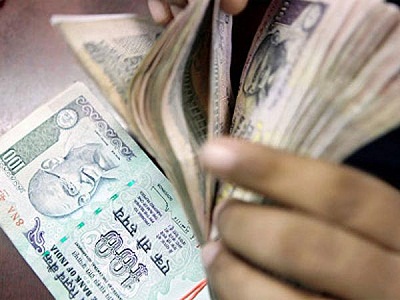Banks have quietly tightened loan rules in the past few months due to the significant supply and demand disruptions caused by the Covid-19 crisis. According to various reports, loan seekers who work in such sectors as media, aviation and hospitality are having a bad time getting their applications processed. Such customers are now largely a no-no when it comes to loans, particularly for private sector banks.
Sanjay Thakur, a senior banker and industry veteran working with a leading private sector bank says that banks are being especially cautious in lending to retail borrowers employed in Covid-hit sectors. If you work in one of these sectors and still manage to get a loan, it will be a smaller amount and will come at a relatively higher interest rate. The self-employed are taking an even bigger hit owing to strict examination.
According to Thakur, these sectors under examination are non-food retail and wholesale, textiles, RMG, entertainment, gems and jewellery, hospitality, real estate, travel, and tourism. Extra caution is being taken by banks across all unsecured lending to retail and MSMEs. There has also been no impact on loan ticket size for eligible borrowers across growing or low-impact segments for retail, as well as MSMEs.
These stringent lending norms have shown themselves in credit growth to industry in Q1, which has fallen to 1.7 percent quarter-on-quarter. Credit to micro and small enterprises contracted 3.4 percent, while lending to medium-sized enterprises was down by 5.3 percent.
Given that the existing portfolio due to this black swan event will lead to higher crimes within the short to medium term, they have to provide for that and hence, it is already a hit on the P&L, said by Ashish Singhal, managing director, Experian Credit Information Company that assigns loan-worthiness to customers.
However, it’s not all bad news for retail borrowers. Employees in low-impact sectors like healthcare, pharma, food processing, agriculture and technology are being looked at favorably by banks. Gaurav Aggarwal, director and head of unsecured loans, Paisabazaar.com, said that they (banks) want to lend to segments that will be able to go through these shocks relatively unscathed because that will define their future ability to pay back. September and October will be critical because that is when the moratorium ends and lenders are likely to see the first repayments data for the moratorium portfolio. Only after that will the system come back to equilibrium in terms of lending policy and pricing.
Due to the excess liquidity in the banking system, interest rates are much lower compared to pre-Covid rates. Yet the worry remains that after the loan moratorium ends, banks might further tighten lending norms in case repayments falter. Thakur believes that forbearance on loans through moratorium and other means has created new challenges. Banks are bracing up to sharpen and rework a few existing norms, and new norms for lending to many segments in the new normal once the moratorium ends.

